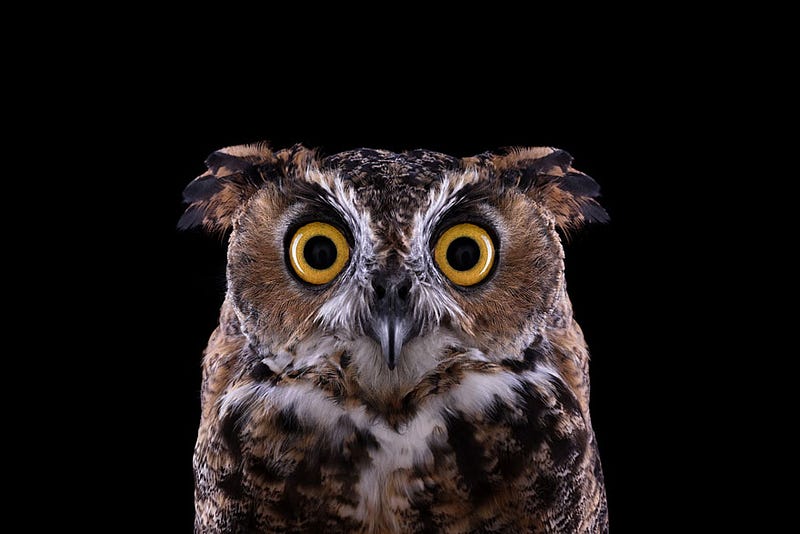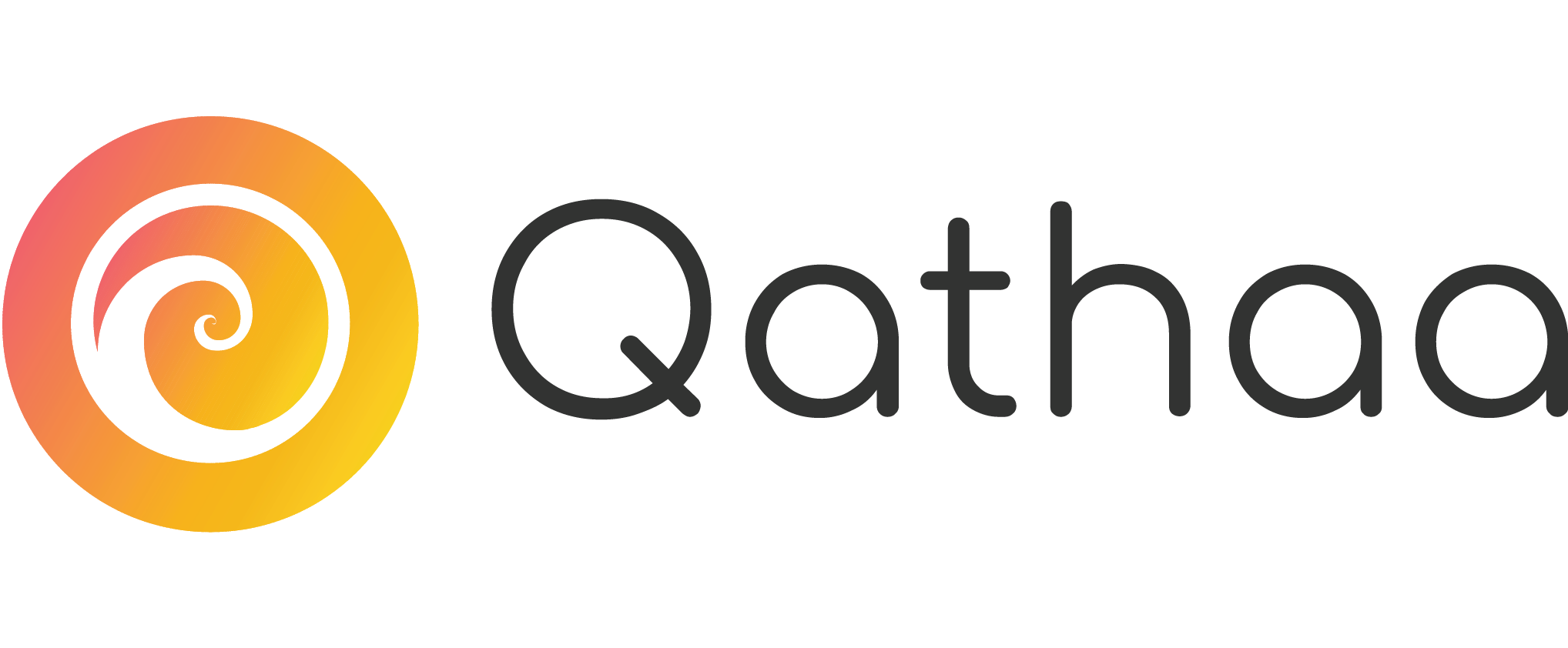…and the power of constraints.
When I was in my 10th, I spent all my pocket money on internet cafes. And my weekly pocket money would not be more than 15–20 rupees. That means not more than 1 hour of internet access every week.
I wanted to learn animation and a lot of other stuff. That left me with only 4 hours in a month to learn something I was passionate about. We got a new computer at home but no internet connection. And that was a good thing.
Every week I went to the internet cafe for one hour with notes of questions I had in mind and I asked Google. I learned the basics of animation that way within 10 hours spread across 2 months of internet cafe visits.
This trained my brain to learn at rapid speeds. Because the constraint of time for me was very real.

The excerpts from the book The Information: A History, A Theory, A Flood by James Gleick is interesting in which he says,
When information is cheap, attention becomes expensive.
Though I haven’t read the book yet, this phrase stuck in my head. We have unlimited access to information all the time, everywhere. No constraints.
My mentor once told me,
“If you don’t work with constraints, you can’t be an entrepreneur? That’s what entrepreneurship is all about. All buggers with a lot of money would have built startups. They can’t.”
And that’s the point.
For me, the day access to information became cheap and easy I got lost in it and my ability to be intuitive was clouded, until recently, when my illusion was shattered by the reality. My creativity went down, I couldn’t make quick decisions and my faith in myself started to get weak, which is rare for me. This pushed me to introspect deeply. And all that I needed to do is bring back my constraints and focus on things that matter.

Being a filmmaker in the early part of my career, I reflected on the meaning of being creative in practice and one thing that has always worked for me is creating & imposing constraints. You can’t be creative without having constraints to work around.
Every great disruption and invention happened around constraints. Einstein had self-imposed one constraint around which he built his entire Theory of Relativity. That constraint was the speed of light. He was able to throw out all other presumptions out of the window because he could hold on to one solid constraint.
In fact, our DNA is one of the greatest examples of constraint at work. The child of a human will never be a bird. Constraints are at the core of great systems. Systems that work well all the time.
All great creations have a constraint at their core. The reason we can recognize great artists is because of their consistent styles. They stuck with certain constraints at the core of what they did, so they can have their freedom with everything else.
Today, the most real of all constraints is ‘time’.
If at all, for some weird reason you don’t feel pressed for time, use the ‘Pomodoro technique’. Google it if you don’t know about it.
And make the most of your time here on earth.
So even when information has become cheap, if we are aware, we can invest our attention wisely.
That’s the difference between ‘knowing’ everything versus truly ‘understanding’ everything. Or at least trying to understand it.
Facebook: www.facebook.com/prakrisang
Twitter: www.twitter.com/prakrisang
Instagram: www.instagram.com/prakrisang
